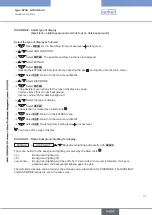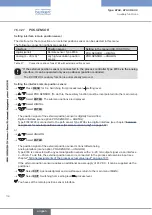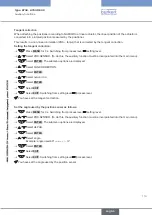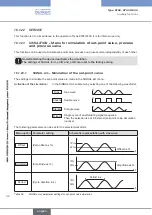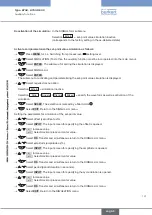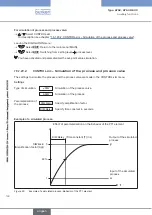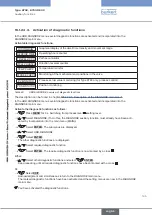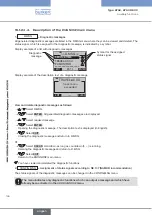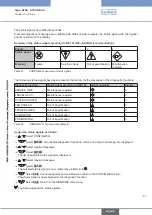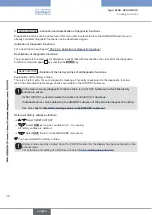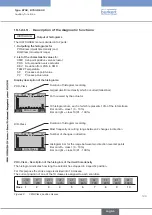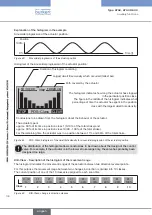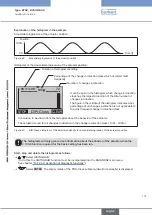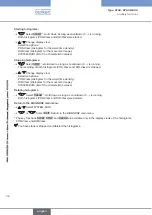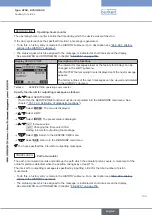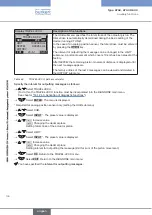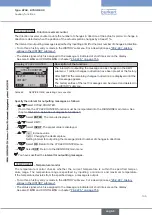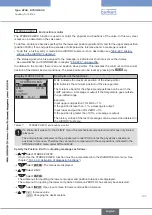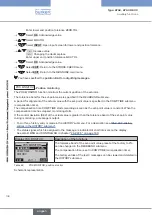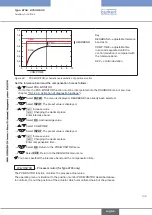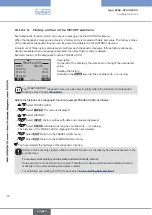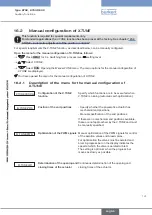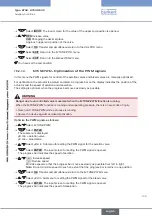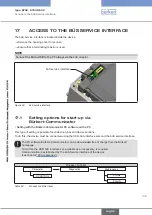
131
Auxiliary functions
Type 8792, 8793 REV.2
Explanation of the histogram in the example
Sinusoidal progression of the actuator position:
Position
Time [t]
100%
0%
Figure 46:
Sinusoidal progression of the actuator position
Histogram of the sinusoidal progression of the actuator position:
STOP
CLEAR
DIR–Class
00
:
13
:
48
72
100
Duration of histogram recording
Percentage of the change in direction class which occurred most
frequently
Number of changes in direction
It can be seen in the histogram which change in direction
class has the largest proportion of the total number of
changes in direction.
The figure in the middle of the histogram indicates what
percentage of all changes in direction is not applicable to
the most frequent change in direction class.
Conclusion to be drawn from the histogram about the behavior of the actuator:
The actuator moved for all changes in direction in the change in direction class 10 (91 - 100%)
Figure 47:
DIR-Class; histogram of the dwell time density for sinusoidal progression of the actuator position
The histograms will only give correct information about the behavior of the actuator when the
X.TUNE
function required for the basic setting has been run.
Start, stop and delete the histograms as follows:
→
/ Select
HISTOGRAM
.
(To do this, the
HISTOGRAM
function must be incorporated into the
DIAGNOSE
main menu.
See chapter “16.1.24.3. Activation of diagnostic functions”).
→
Select
ENTER
. The empty matrix of the POS-Class submenu (dwell time density) is displayed.
english
Summary of Contents for 8792
Page 196: ...www burkert com ...

